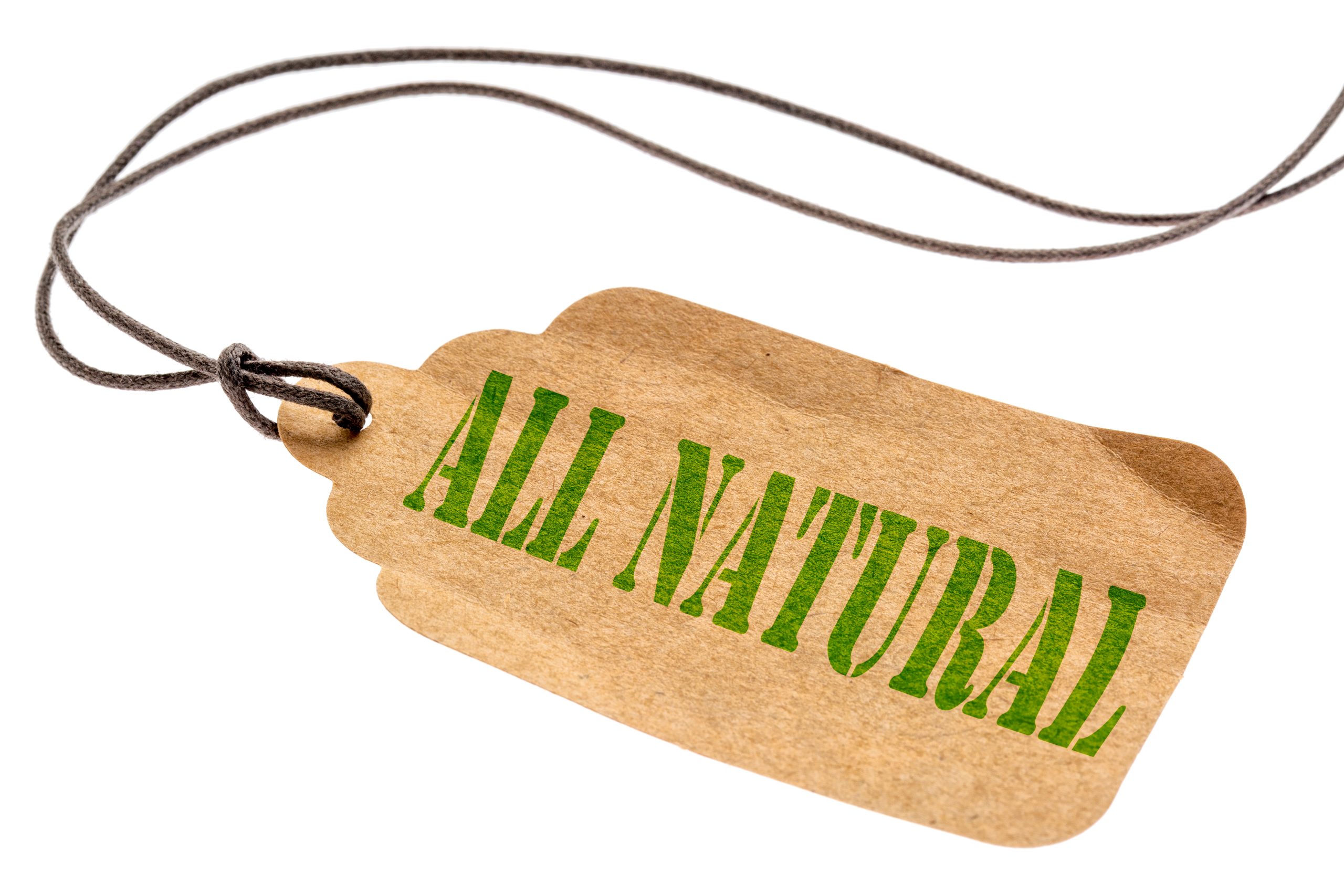The “All Natural” label suggests purity and minimal interference with the food we eat. This marketing term is widely used to signal wholesome ingredients. However, the true definition is far more vague than most consumers realize. The label often creates a “health halo” that justifies a higher price point. Understanding what this phrase does not prohibit is key to truly evaluating your food choices.

The Lack of Regulatory Definition
The primary issue with the “All Natural” label is its lack of strict regulatory oversight. The Food and Drug Administration has not formally defined the term. This absence of a legal standard allows wide interpretation by food manufacturers. The agency only maintains a general policy regarding its use. This policy suggests the term should not mislead consumers.
Hiding Heavy Processing Methods
The term only addresses the source of the initial ingredients. It does not regulate the processing methods used on those ingredients. A product can start with natural components but undergo extensive refinement. This processing can involve high heat, chemical solvents, or other synthetic techniques. These heavily processed foods can still be labeled “All Natural.”
The Chemical Cocktail of “Natural Flavors”
One of the largest loopholes is the inclusion of “natural flavors.” These flavors must originate from a natural source like a fruit, vegetable, or spice. However, dozens of chemical compounds can be synthesized to create these flavors. These flavor mixtures can contain chemical additives and preservatives. The final “natural flavor” additive often bears little resemblance to the original source.
Pesticides and Genetic Modification
The “All Natural” label does not prohibit the use of pesticides on crops. It also does not restrict the inclusion of genetically modified organisms. These are two critical areas where consumers often assume the label provides protection. If a shopper wants to avoid these elements, they must look for the “Organic” label. This separate certification carries clear, legally defined prohibitions.
Justifying the Price Premium
The ambiguity of the “All Natural” label allows manufacturers to charge a significant price premium. Consumers associate the phrase with superior quality and cleaner sourcing. This emotional association makes them willing to pay more money. The high cost is goes to fund the marketing of the label, not necessarily the sourcing of better ingredients.
A Lesson in Label Literacy
The lesson for budget-conscious shoppers is clear. Do not assume purity based on this single phrase. Look beyond the front of the package. Reading the full ingredient list and understanding the nutritional panel provides a much clearer picture of the product. Relying on “All Natural” is relying on marketing, not verifiable facts.
The Power of True Certification
Shoppers seeking strict sourcing standards should always look for true third-party certifications. These labels carry clear, legal definitions regarding ingredients, pesticides, and processing. The lack of regulation makes “All Natural” a vague term. It is a powerful reminder that not all claims on a package are created equal.
What to Read Next
- 7 Foods Being Investigated for Misleading “Natural” Claims
- Why “All Natural” Meat Isn’t Always What It Seems
- Lower Your Blood Pressure Naturally? This One Nut Might Be the Key
- 9 “All-Natural” Snacks That Still Contain Artificial Colors
- 8 Natural Products That Contain Unlisted Chemicals
The post Why “All Natural” Labels May Be Covering More Than They Admit appeared first on Grocery Coupon Guide.







